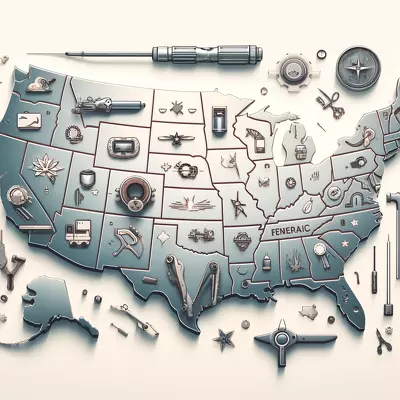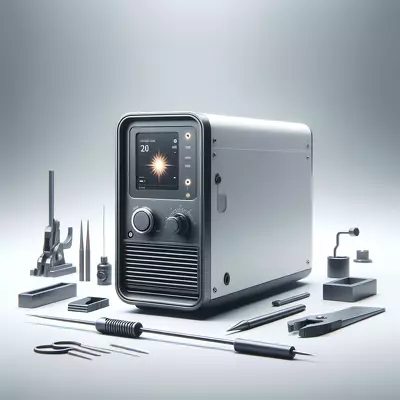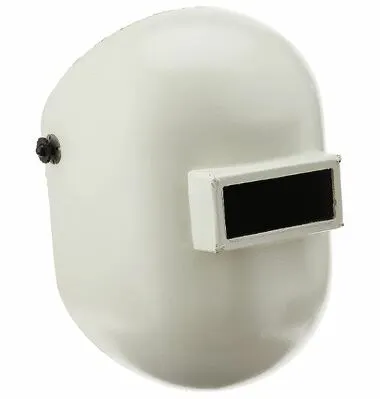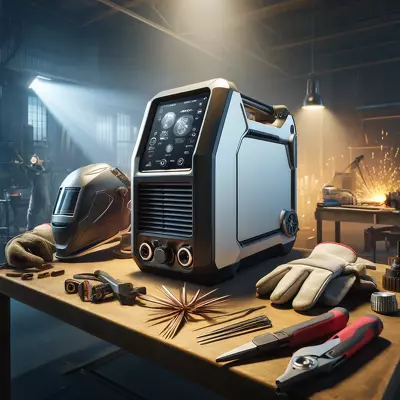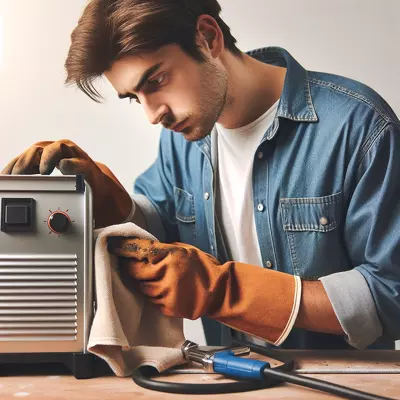Best Way to Remove Spot Welds: Tools, Techniques, and Safety Tips
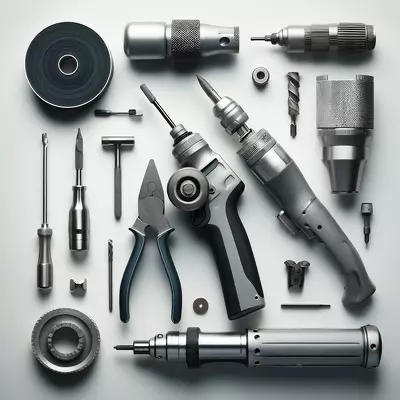
I. Introduction
A. Importance of Mastering Spot Weld Removal
Removing spot welds is a critical skill for professionals in the automotive repair and metal fabrication industries. The ability to efficiently and cleanly separate welded components not only preserves the integrity of the materials but also saves time and reduces costs in manufacturing and repair processes.
B. Overview of Common Methods and Tools
Various tools and techniques have been developed to tackle the challenge of spot weld removal. From mechanical methods like drills and grinders to advanced thermal and chemical techniques, each method offers different advantages and suits various applications.
II. Understanding Spot Welds
A. Definition and Applications of Spot Welds
Spot welding is a process in which metal surfaces are joined by the heat generated from resistance to electric current. This technique is predominantly used in the automotive industry for assembling sheet metal components but is also prevalent in other areas like electronics, jewelry, and furniture manufacturing.
B. Factors that Affect the Difficulty of Removal
The difficulty of removing spot welds can depend on several factors, including the type of metal, the thickness of the weld, and the accessibility of the welded area. Understanding these factors helps in choosing the most effective removal method.
III. Tools for Spot Weld Removal
A. Drill and Spot Weld Cutter
A common approach involves using a drill along with a specialized spot weld cutter. This tool is designed to cut around the weld, allowing it to be removed with minimal damage to the surrounding metal.
B. Grinder and Other Abrasive Tools
Grinders equipped with abrasive discs or wheels can also be used to grind down the weld or cut through the metal. This method is fast but requires careful handling to avoid excessive removal of material.
C. Specialty Tools and Their Uses
Other tools, such as pneumatic chisels and plasma cutters, offer alternatives that may be more suitable for specific situations, such as tight spaces or particularly thick welds.
IV. Techniques for Effective Weld Removal
A. Step-by-Step Process Using a Drill
Using a drill involves centering the spot weld cutter over the weld, drilling through the top layer of metal to remove the weld core, and then separating the pieces.
B. Using a Grinder for Smooth Finishes
A grinder can be used to smooth out the area after removal or to cut through the spot weld directly. This method is particularly useful when preparing the metal for refinishing.
C. Tips for Minimizing Damage to Metal
It’s crucial to control the depth of the cut and to use appropriate tools for the type of metal to minimize damage and maintain the strength of the remaining material.
V. Advanced Methods
A. Thermal Techniques: Heat and Friction
Thermal methods involve applying heat or friction to weaken or melt the weld. Techniques such as laser welding or induction heating can be precise but require specialized equipment.
B. Chemical Methods: When and How to Use Them
Chemical methods may involve applying certain compounds that can weaken the weld area. However, this method is less common due to the harsh chemicals involved and is generally used as a last resort.
C. Comparing Mechanical and Thermal Methods
While mechanical methods are typically more accessible and easier to control, thermal methods offer a higher level of precision and can be better for delicate operations.
VI. FAQs
Q: What is the most cost-effective tool for removing spot welds?
A: Drills combined with spot weld cutters are generally the most cost-effective and widely accessible tools for removing spot welds.
Q: Can spot welds be removed without damaging the metal?
A: Yes, with careful technique and the right tools, it is possible to remove spot welds without significant damage to the surrounding metal.
Q: Are there any environmentally friendly methods for removing spot welds?
A: Mechanical methods like drilling and grinding do not use chemicals and are considered more environmentally friendly compared to some advanced chemical methods.
Q: What safety precautions should be taken when removing spot welds?
A: Safety goggles, gloves, and proper ventilation are crucial to protect against metal particles, noise, and any hazardous fumes.
Q: How do I choose between a grinder and a drill for removing spot welds?
A: The choice depends on the specific requirements of the job—drills are better for precision, while grinders are suited for quick removal.
Q: Can thermal techniques be used on all types of metals?
A: Thermal techniques can be used on most metals, but adjustments in the method or equipment might be necessary depending on the metal’s properties.
Q: What is the best way to learn proper spot weld removal techniques?
A: Professional training or workshops specifically focused on welding and metalwork are the most effective ways to learn these skills.
Q: Can you weld a cracked engine block?
A: Yes, you can weld a cracked engine block. The process involves thoroughly cleaning the crack, preheating the block, and using appropriate welding techniques such as TIG or MIG welding with cast iron-compatible filler material. Proper post-weld cooling and stress relief are also essential to prevent further cracking.
VII. Conclusion
A. Recap of Optimal Methods for Dismantling Spot Welds
This article has explored various effective methods for removing spot welds, each suitable for different types of metals and applications. From mechanical drills to advanced thermal techniques, selecting the right tool and approach is key to efficient and safe removal.
B. Best Practices for Safety and Efficiency
Adhering to best practices in terms of safety, choosing the right method for the material, and employing proper techniques are essential for minimizing damage to the metal and ensuring personal safety.
VIII. Suggested Readings
Delve deeper into the techniques and tools for spot weld removal with these carefully selected books, each offering valuable insights to enhance your knowledge and skills.
- Welding Principles and Applications by Larry Jeffus – A comprehensive guide to welding, including detailed sections on spot weld removal techniques.
- Sheet Metal Fabrication: Techniques and Tips for Beginners and Pros by Eddie Paul – Offers insights into various fabrication techniques, including the removal of spot welds.
- Automotive Welding: A Practical Guide by Jeffrey Zurschmeide – Focuses on welding techniques used in automotive repairs, including detailed instructions on spot weld removal.
The recommended readings can provide further depth and practical examples, enhancing both knowledge and skills. These resources are invaluable for both beginners and experienced professionals looking to refine their techniques in spot weld removal.

